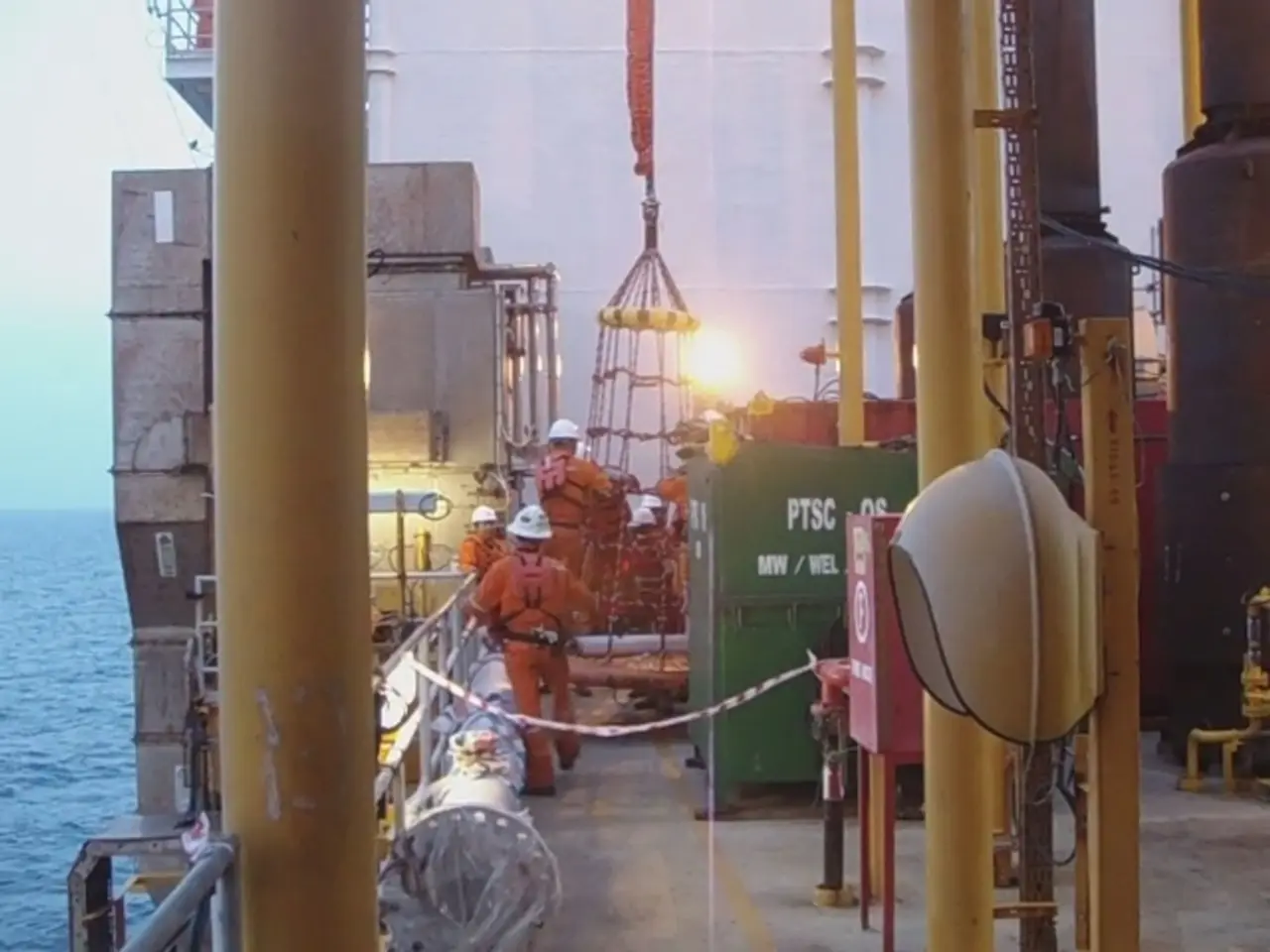NATO Subs, Unmanned Systems Team Up in Portugal for Cutting-Edge Exercise
NATO recently concluded a joint exercise off Portugal, showcasing innovative integration of submarines with unmanned platforms. The exercises, named Dynamic Messenger/REPMUS 2025, demonstrated the alliance's commitment to protecting critical undersea infrastructure and enhancing interoperability.
The training involved the U.S. Navy's Virginia-class fast-attack submarine USS New Mexico (SSN 779) and the Portuguese Navy's NRP Tridente (209PN). Notably, USS New Mexico deployed a submarine-launched unmanned aerial system (UAS) as part of operational experimentation. The Portuguese-led Robotic Experimentation and Prototyping with Maritime Unmanned Systems (REPMUS) exercise focused on developing and integrating maritime unmanned systems.
The exercises also included the Portuguese Navy's frigate NRP Francisco de Almeida (F334) and patrol vessel NRP Setubal (P363). These platforms, along with the submarines, conducted joint anti-submarine warfare (ASW) training, highlighting the alliance's ability to work together effectively. NATO described the exercise as embodying innovation and demonstrating integration for operational advantage.
The Dynamic Messenger/REPMUS 2025 exercises successfully demonstrated the alliance's commitment to protecting critical undersea infrastructure and enhancing interoperability through the use of unmanned systems. The exercises delivered these capabilities into Allied naval forces with speed and scale, further strengthening NATO's maritime capabilities.








